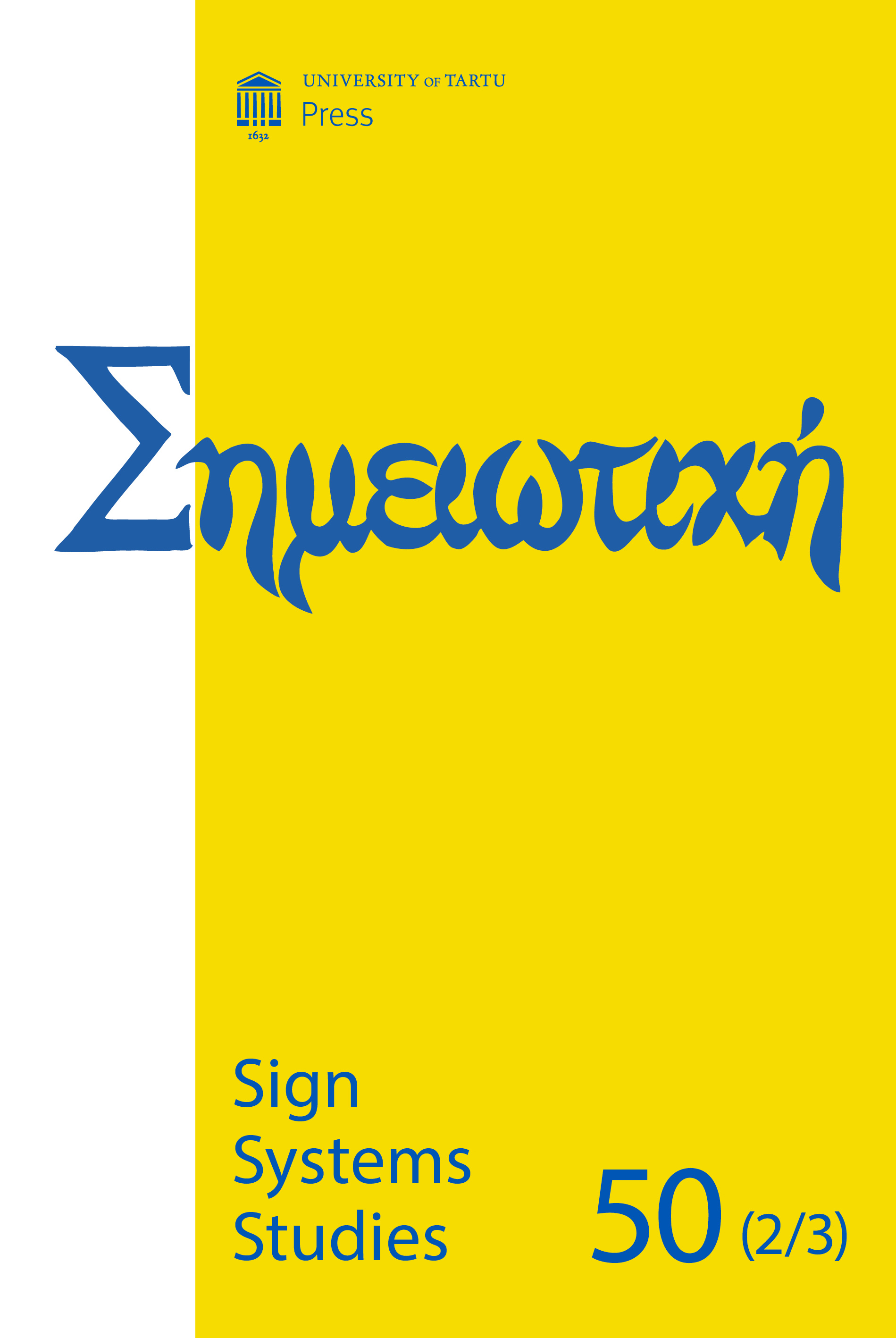Revealing Alice in Wonderland through intersemiotic translation
DOI:
https://doi.org/10.12697/SSS.2022.50.2-3.04Keywords:
intersemiotic translation, iconicity, Alice in Wonderland, Lewis Carroll, Jim Henson, Jan ŠvankmajerAbstract
The idea that translation involves revealing and discovery of information from the source has been discussed in a few fields of study, especially creative translation and intersemiotic translation. These operations are fundamentally dependent on iconic properties. An operational criterion detrivializes the common description of the icon as a sign of similarity to define more precisely iconic processes as a sign through which it is possible to discover or reveal new information about its object. This idea becomes particularly interesting when we think about multiple translations of the same source, each revealing such distinct traits that some may consider as opposing one another. As an example to be discussed in our case study, we have selected Lewis Carroll’s Alice’s Adventures in Wonderland, and Through the Looking-Glass and What Alice Found There, both of which have been widely translated. Until now there has been no systematic analysis in the field of intersemiotic translation studies of the relationship between one source and multiple targets. We compare two intersemiotic translations of the Alice novels: a 1980 TV episode from The Muppet Show by Jim Henson and the 1988 feature film Něco z Alenky by Jan Švankmajer, both displaying distinct characteristics of their own and revealing different information about the works of Carroll.


